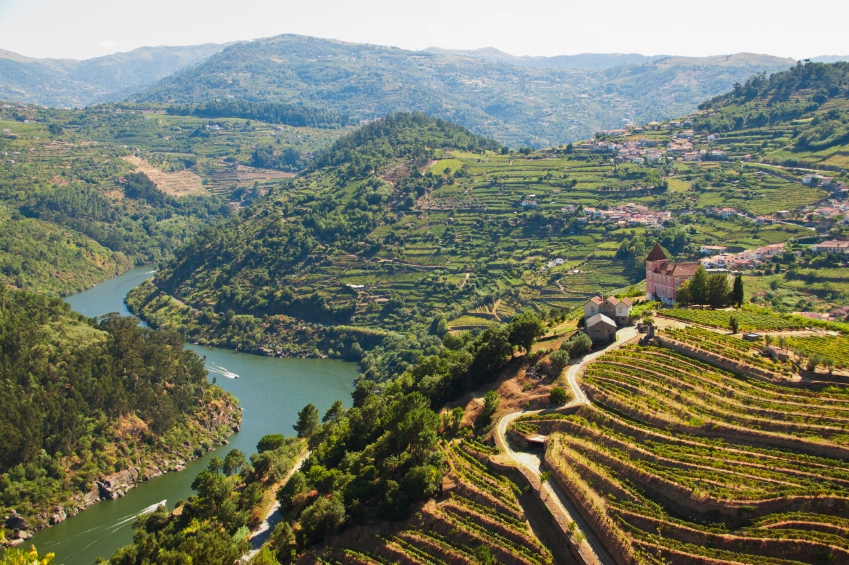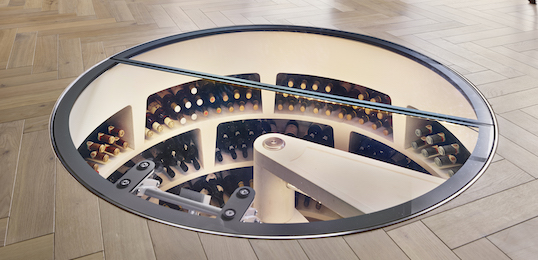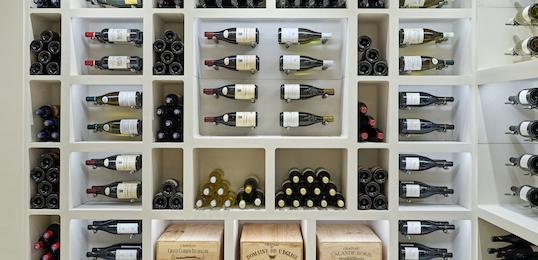If you were to travel the world, visiting the world’s favourite wine regions, you would notice that many of them have a significant feature in common – a river. From a holidaymaker’s perspective, this means you can enjoy spectacular views with your tasting experience, but from a viticulturists’ perspective, it’s far more important than that. The river is a vital factor which can make the difference between the kind of wine you’d happily add to your wine cellar, and the kind you’d make vinegar from.
The production of wine is highly dependent upon the conditions in which the grape is grown – this is why climate change is a matter of some concern to the industry. In ideal conditions, the grapes are able to ripen without losing vital acidity, creating a balanced wine with just the right levels of sugar and acidity.
If the conditions are too hot, the grapes will ripen more quickly, the sugar content will rise, and the grapes must be harvested earlier. If the conditions are too cool, the grapes won’t ripen enough, the sugar content will be low and the acidity will remain high, and the harvest will need to be later.
These considerations mean that it is very difficult to consistently produce good wine if your vineyard is located in an area with a changeable climate. An unexpected heatwave can cause sugar levels to rise dramatically; extensive rain can cause the berries to swell with water, which can either dilute the flavours or cause the skin to crack and allow spoilage.

A river – or indeed any large body of water – can produce a moderating effect on the local climate, and this can help to create the consistent conditions which are ideal for viticulture.
In cold areas, a river can act as a reservoir of heat. Because water retains heat longer than either soil or air, when the sun sets it can act as a kind of hot water bottle, slowing down the cooling process. It also reflects the sunshine and heat during the day. This effect helps to make the Mosel Valley in Germany one of the country’s warmest regions.
In warm areas, a river can have the opposite effect, cooling the area by helping to carry the heat of the day away. This creates diurnal shifts in temperature in the river valleys of central Spain, for example, where the overnight drops in temperature reign in the ripening of the grapes, allowing them to retain a balanced level of acids.
That’s not to say that wine cannot be produced in areas without a river to moderate the climate – even notoriously dry areas like Arizona in America can and do produce drinkable wine. The presence of a river, however, makes it easier for the winemaker to retain a consistency between different vintages; this makes them a label that can be relied upon, rather than one which only has the occasional excellent year.



